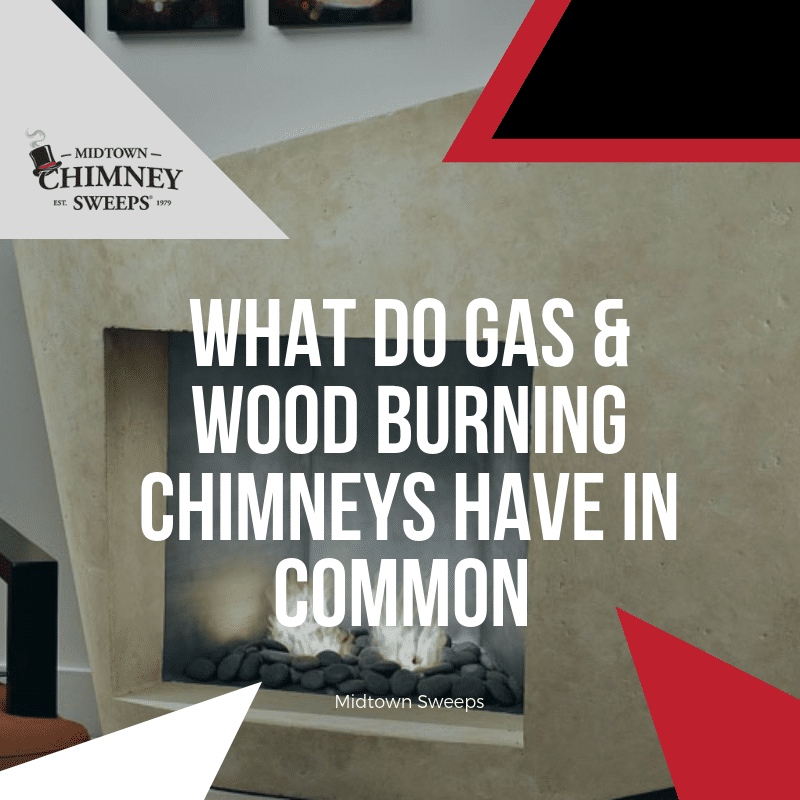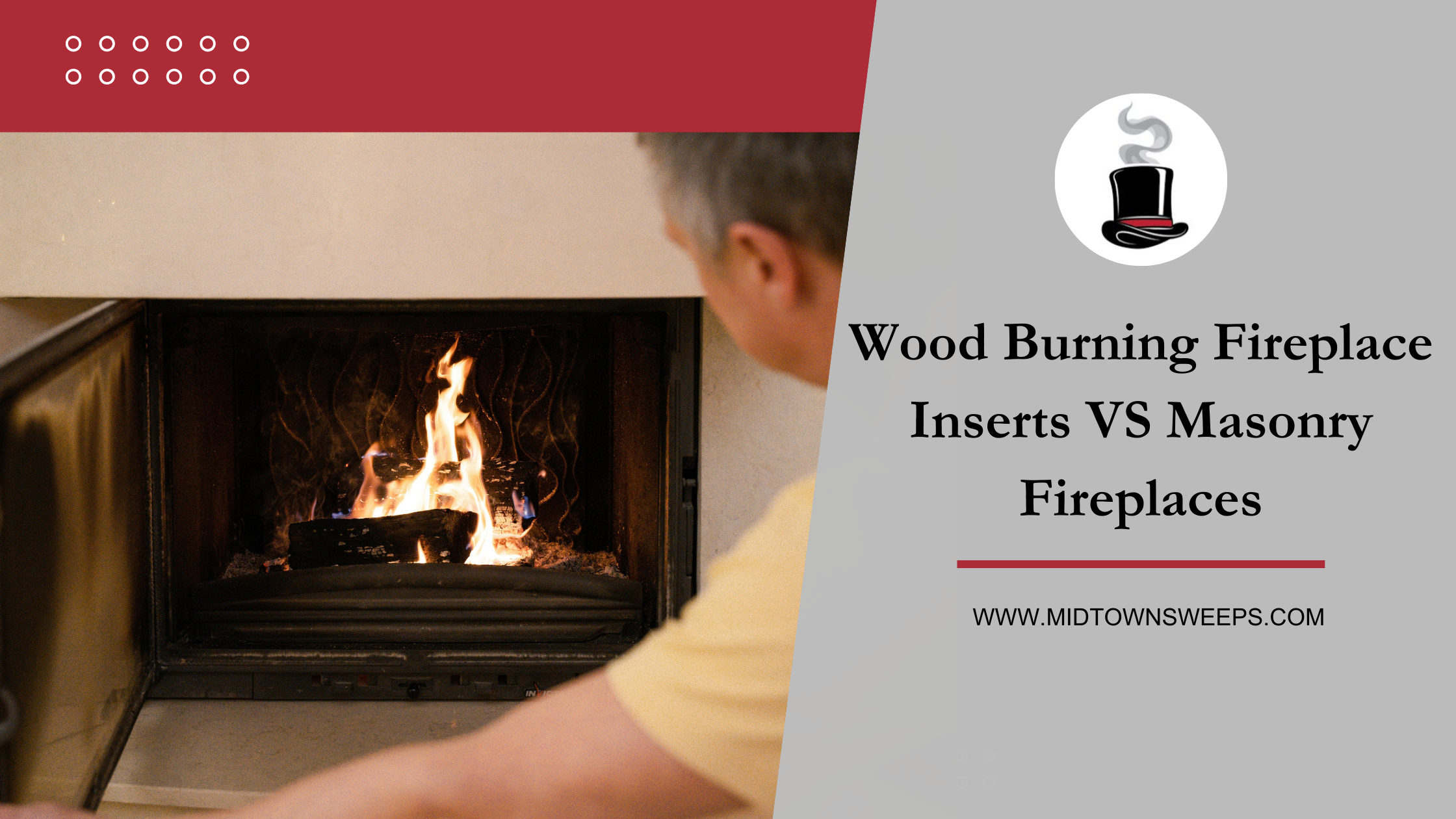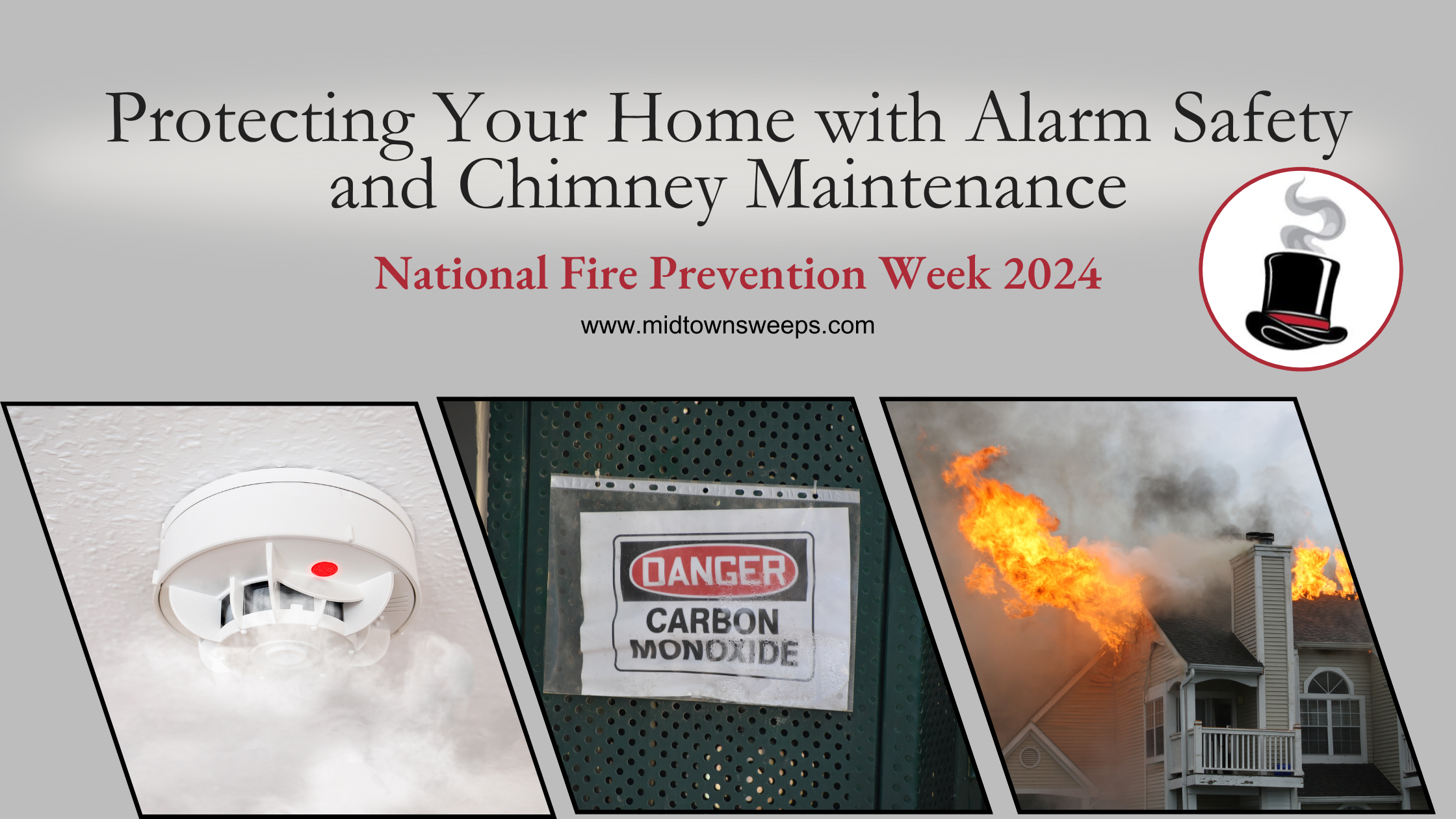On the surface, gas and wood burning chimneys seem very different. However, these fireplaces have more in common than you think. They share many of the same concerns and maintenance needs. Here’s what you need to know:
1: Safety Concerns
A gas chimney, just like a wood burning chimney, is designed to transport air, traces of carbon, and other byproducts of the burning process out of your home. This means that if the chimney is damaged or blocked in some way, it might trigger a dangerous situation.
One concern here is carbon monoxide. If the carbon monoxide is not vented, it will leak into your home and may build up to dangerous levels. Another safety concern is house fires. How are these triggered? In many cases it happens when hot air meets an obstruction and eventually sets the obstruction alight.
2: Blocking Debris
Debris is a safety problem we just touched on, but it’s important enough to warrant its own section. Both kinds of fireplace chimneys are vulnerable to blockages. If you don’t run a fire year round, animals may be attracted to this dark and safe-seeming place. These include:
- birds
- squirrels
- bats
- and more!
In even worse news, these animals tend to build nests out of combustible natural materials like sticks, grass, etc. They might leave before the winter, but they’ll leave that flammable nest behind. This is why it’s important to have your chimney inspected and cleaned before you light a fire in the fall.
3: Water Damage
Rainwater, melting snow, and even heavy fog could potentially create water damage. If moisture gets into the chimney, it can:
- warp chimney liners
- rust the metal, creating weaker spots that are vulnerable to heat related damage
- damage masonry and walls
- eat holes in the chimney and drain into the house
- harm joints and connection points
Prevention is critical here. Some good tips include visually inspecting the top of the chimney and chimney crown after a storm, scheduling regular fireplace inspections, and having the chimney serviced at the first sign of water damage.
4: Dangerous Buildup
Wood burning fireplaces are well known for building up creosote the chimney. However, their gas burning cousins will also build up residue over time. This can be from smoke, dust, or even issues like rusting chimney metal and crumbling ceramic logs.
Buildup creates unpleasant fireplace smells, but it also has more dangerous effects. These substances on the inside of your chimney block the smooth flow of air. Ironically, that makes buildup happen even faster. This greatly raises the chance of a chimney fire and can make delicate components malfunction or completely fail.
Regularly scheduled cleanings are the answer here. Wood burning chimneys generally need to be cleaned more often than gas burning versions. However, both require this service.
5: Wear and Tear
No fireplace lasts forever. Even the most careful homeowner will eventually need to have components repaired or replaced. The good news is that regular maintenance can delay these necessary services by years or even decades.
Some key signs of wear and tear to look out for include:
- chipped or cracked glass fireplace doors
- cracks and deterioration of mortar joints
- crumbling bricks
- damage to the chimney crown
- visible streaks of rust
- peeling wallpaper and bubbling paint near the chimney
- white stains on the chimney’s bricks
What’s the key message here? Whether you have a wood burning chimney or gas chimney, have it regularly maintained. If you see any sign of problems, call Midtown Chimney Sweeps ASAP at 1-844-793-3766. Your chimney is a vital part of your fireplace. Keep it in good shape.












